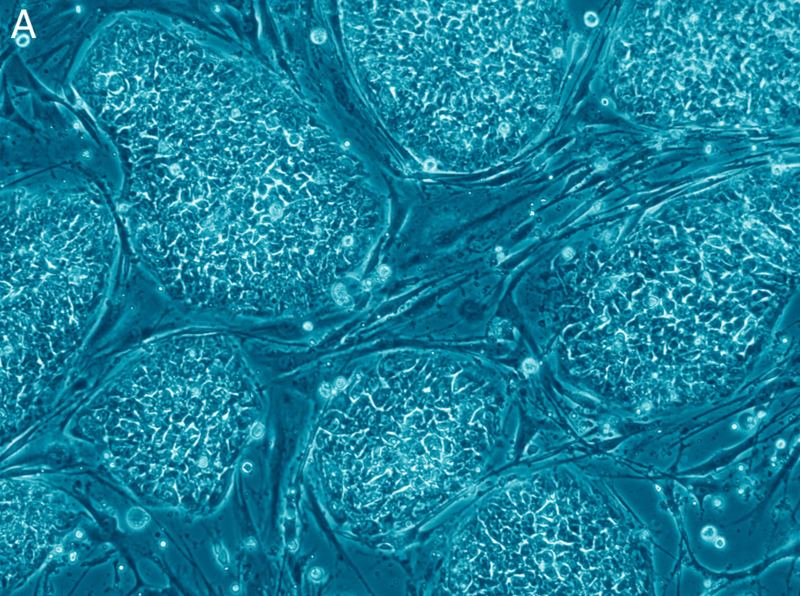A team of scientists at Zhengzhou University are preparing to initiate the first Chinese clinical trial using human embryo stem cells in an attempt to treat people with Parkinson’s disease. At the same time, a second team will start a study using human embryo stem cells in patients suffering from age-related macular degeneration (ARMD).
Up until 2015, there was no Chinese legislative framework governing the clinical use of stem cells. Legislation was adopted following scandals linked to unproven treatments using stem cells (see China introduces legislation for clinical trials using stem cells). It obliges hospitals carrying out clinical trials to use Government-certified embryo stem cells.
In the first trial, surgeons will “cautiously pierce the skull of patients suffering from Parkinson’s disease “ to inject four million immature neurones derived from human embryo stem cells into a precise region of their brain, namely the striatum. Ten patients best suited to the stored embryo stem cell lines, were selected in an attempt to prevent cell rejection by the patients’ body. The treatment was tested on fifteen monkeys in advance but scientists were not enthused by the protocol. A similar trial has been on-going in Australia over the past year. The cells used were taken from parthenogenetic embryos (see Parthenotes and Parkinson’s disease: the Australian clinical trial continues).
In the second trial, surgeons will take retina cells from human embryo stem cells and transplant them into the eyes of patients presenting with ARMD. They will follow a similar procedure to that implemented by scientists in the United States and South Korea (see Korea: Clinical trials with (h)ESC to combat macular degeneration).
Nature, David Cyranoski (31/05/2017)

